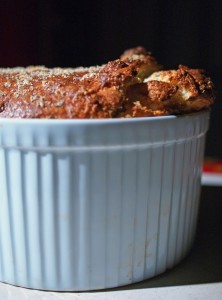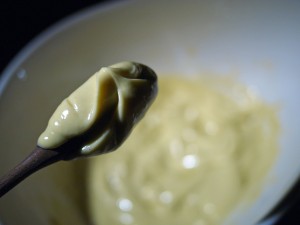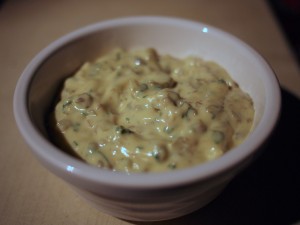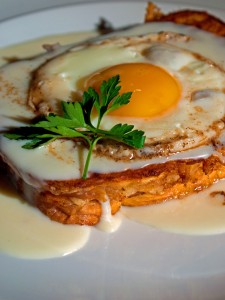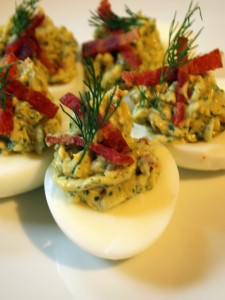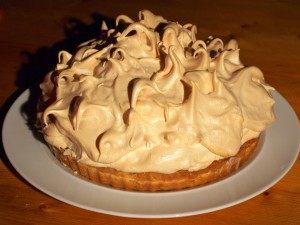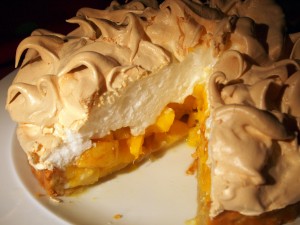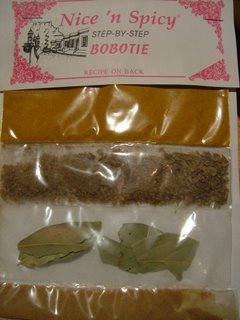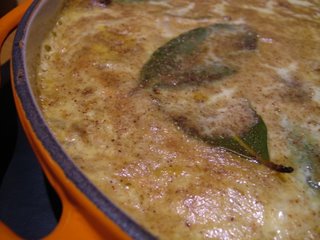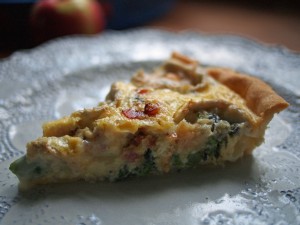
I kind of wish that supermarkets wouldn’t sell asparagus out of season – we’re all familiar with the tasteless, slightly limp kind whose sugars have long turned into starch, because the spears themselves have been bussed in from South America. Nothing’s going to taste good after that long in a cargo hold. It’s enough to make you forget just how good a sweet, fresh English stem of the stuff can be. The English season is short, but it’s worth ignoring asparagus for the rest of the year and waiting for early May. From now on, we’ll have about eight weeks of tender local asparagus in the shops.
I’ve got two great asparagus recipes for you this week. This tart is a doozy; it takes advantage of the lovely affinity between asparagus and goat’s cheese, and can be served hot or cold. I haven’t called it a quiche because I know some of you are squeamish about quiches…
To make one 20cm tart, you’ll need:
Shortcrust pastry – either buy a pre-made roll or make your own with:
175g flour
50g butter
25g lard
A little water
Filling
3 banana shallots
50g pancetta cubes
200g fresh English asparagus spears
120ml creme fraiche
3 eggs
1 heaped teaspoon thyme leaves
200g goats cheese log (I used Neal’s Yard Ragstone, which is pretty strong – for a milder flavour use a younger cheese)
1 tablespoon butter
salt and pepper
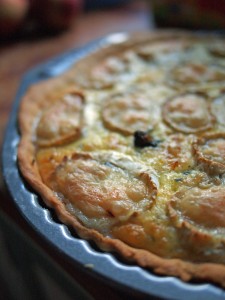
If you are making your own pastry, rub the fats into the flour with your fingertips until the mixture resembles breadcrumbs, and add just enough water to make everything come together into a ball. Wrap in cling film and refrigerate for 30 minutes. Roll out on a floured surface.
Use the pastry to line your 20cm tart dish, and pop the whole thing in the freezer to firm up for 30 minutes while the oven heats up to 200ºC (390ºF). While the pastry is chilling, fry the finely chopped shallots with the pancetta cubes in the butter, until the shallots are golden.
When the pastry has had 30 minutes in the freezer, prick the bottom a few times with a fork, line the base with greaseproof paper, pour in some baking beans to hold everything down, and blind bake (this is just a way of saying part-bake; you’re doing this so that the crust is crisp and cooked) for 20 minutes.
Remove the tart case from the oven and turn the temperature down to 180ºC (350ºF).
Arrange the raw asparagus spears, chopped into pieces, to cover the bottom of the pastry case. Sprinkle over the pancetta and shallot mixture with the thyme. Use a fork to beat together the eggs and crème fraîche with half a teaspoon of salt and plenty of black pepper until smooth, and pour the egg mixture into the case. Finally, slice your cheese log into ½ cm pieces and lay them on the top of the tart.
Bake in the cooler oven for 30-40 minutes, until the filling has set and the top is golden. Serve hot or cold.

